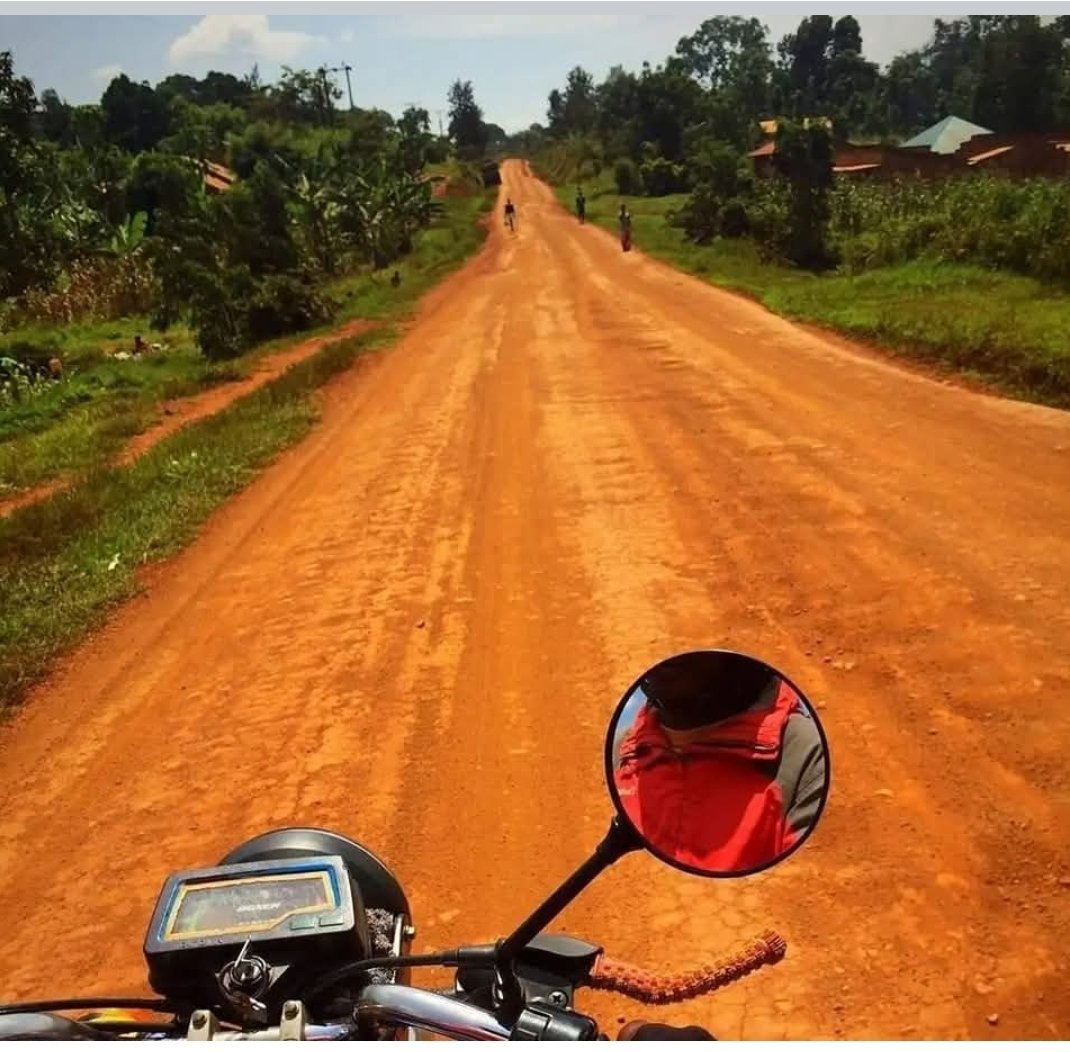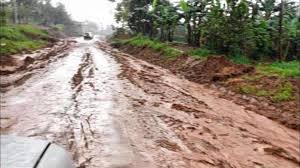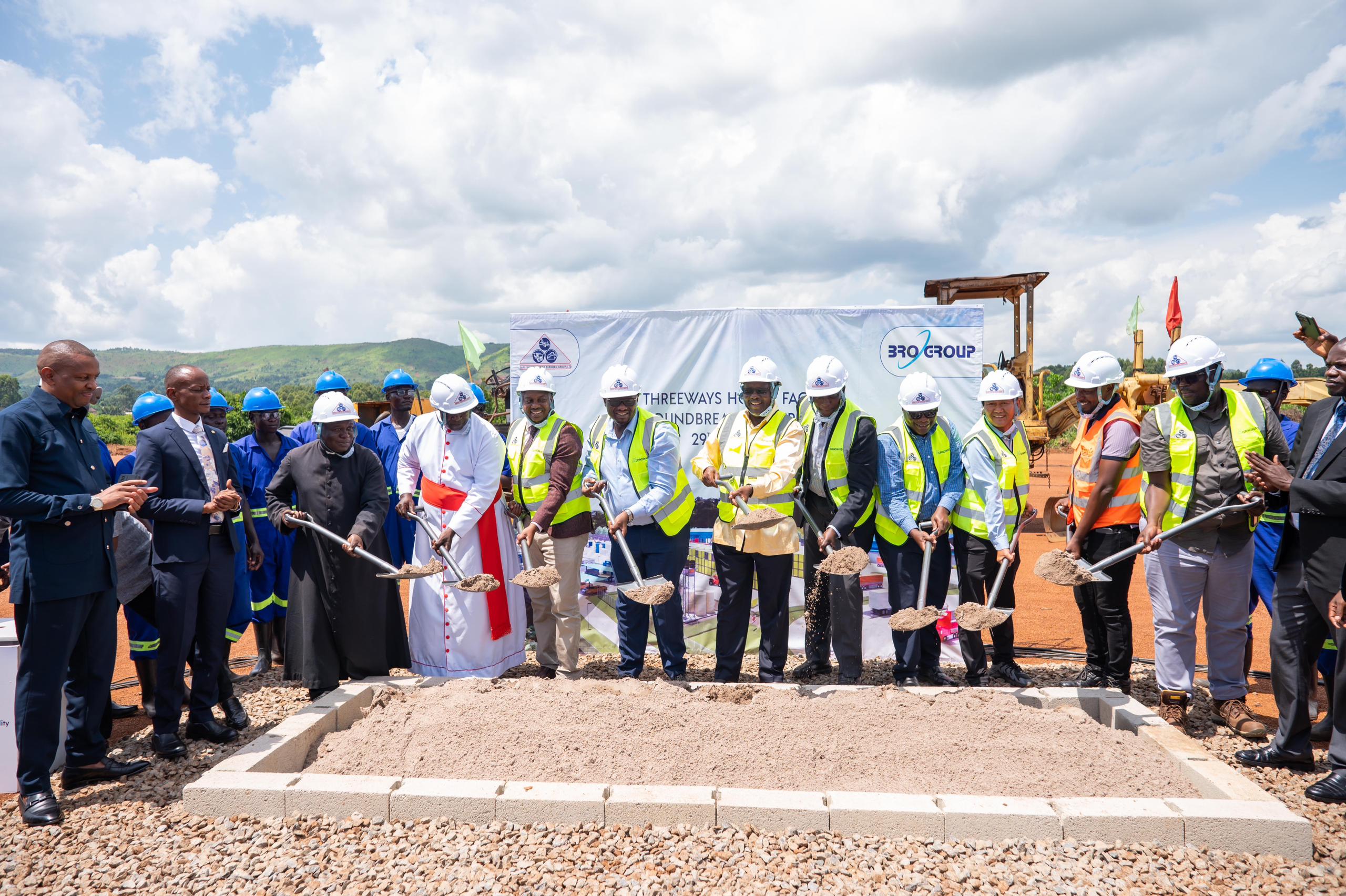The 127-kilometer corridor linking Jinja to Bukungu via Kamuli has re-emerged on Uganda's priority infrastructure list for the 2025/26 fiscal year, reviving a decades-old debate about political accountability in the Busoga sub-region. This marks yet another chapter in a saga stretching back to 2001, when President Yoweri Museveni first pledged to pave the critical artery during a campaign stop in Kamuli District.
Residents across Jinja, Kamuli, and Buyende districts greet the announcement with weary skepticism rather than celebration. Despite appearing in every National Resistance Movement manifesto since the millennium—including 2001, 2006, 2011, 2016, and 2021—the route remains an unpaved pathway plagued by hazardous gullies and suffocating dust clouds. Local leaders describe the recurring promises as electoral gimmicks rather than governance priorities.
"We've become prisoners of dust and deception," said Zaina Namusobya, a Budondo resident. "During dry seasons, we choke on airborne soil that invades our homes and food. When rains come, the mud becomes a death trap."
The road's deterioration has cascading impacts across multiple sectors. Known locally as Amber Court Road, it traverses vital agricultural zones where farmers struggle to transport produce to markets in Jinja and Kampala. Overloaded sugarcane trucks accelerate the road's decay while seasonal downpours transform it into impassable terrain, stranding commuters and damaging vehicles.
Economic Fallout
Beyond daily inconveniences, the infrastructure failure cripples economic potential:
- Tourism: Access to Busowooko and Itanda Falls—key adventure destinations featuring bungee jumping—remains treacherous, deterring visitors
- Transport: Taxi operator Jimmy Kibekityo reports spending over half his earnings on vehicle repairs: "Travel time would halve with paving. Now we lose hours navigating mud pits."
- Aviation: Dust clouds from the road disrupt flight training at Vine Air Academy, reducing visibility for trainee pilots

The Ministry of Works had announced a segmentation plan in 2021, dividing the route into 65km (Jinja-Kamuli) and 64km (Kamuli-Bukungu) sections with separate contractors. Officials projected completion within three years, yet no construction has materialized. This pattern mirrors the 2013 episode when protests over stalled works were met with police tear gas rather than solutions.
"This road exists only as a campaign prop," declared Ayub Kitamirike, chairman of Amber Court Market. "Each election season brings fresh announcements, but we've never seen graders or asphalt."
Infrastructure analysts emphasize the transformative potential of proper surfacing, estimating it could boost agricultural trade, revitalize tourism, increase property values, and spur business growth across the region. As political speeches continue to feature the project—most recently during President Museveni's visits to Busoga—residents measure progress not by pledges, but by the longevity of pavement compared to campaign posters.

With the 2026 elections approaching, communities along the corridor await tangible action while preparing for the possibility of another promise destined to dissolve like dust in the wind.







Comments (0)
Leave a Comment
Be the first to comment on this article!